To be a true DIY’er you have to be able to say you’ve every kind of paint out there. The one paint I hadn’t ever experimented with is milk paint.
Until now.
When I think of milk paint I think of Shabby Chic or farmhouse antique.
Milk paint is one of the most earliest forms of paint used. It’s composition was typically milk, lime and other natural pigments found in dirts, rocks, and sediments. It’s gained popularity again today because of the age it gives pieces. Sanding and priming or totally optional and in many cases not necessary. When applied it will naturally chip and flake which gives it that worn aged look. I decided to give it a try with this desk I scored.
I’m typically drawn to more modern pieces and applications. However, I’ve got a store now and want to experiment with what my customers are asking for. I opted to try my first-timer hand with Miss Mustard Seed’s milk paint (nope, not being sponsored).
I started with 1/4 cup paint powder and 1/4 cup milk. Because the top of my desk was a plastic-y veneer I knew the paint probably wouldn’t adhere well so I also mixed approx 1/3 cup of Miss Mustard Seed’s bonding agent with my paint. I mixed the paint with a wire whisk for about 2 minutes. The paint becomes quite frothy so you need to let is sit and settle for about 15 minutes before applying.
I roughed up the desk with some 100 grit sandpaper (totally optional) really quickly (we’re talking less than 3 minutes) then I started painting.
Milk paint is an artistic process. Because you mix the paint yourself you can make it as thick or thin as you want. Experimenting with it I found it almost applies sort of watery and dries very quickly. I mixed it thicker and found that it gummed up a bit on my brush so mixing it thinner with at least two coats was more ideal. I could re-coat almost immediately after painting the entire desk.
The other interesting property of milk paint is that if you don’t mix it REALLY well you’ll noticed the different pigments will actually streak on your surface.
It actually kind of looks like an art canvas and quite pretty if you’re going for that look. However, I wanted one consistent gray.
The other thing I learned was that the color pigment settles at the bottom of your cup over time so if you dip your brush down deep you pick up all that sediment which causes all the variation in color. To remedy that I strained my paint several times to get rid of all the sediment then I re-coated.
There was still a bit of variation but overall the color was much more consistent after that.
The top I painted with “Trophy” the bottom was “Farmhouse White”. I applied two coats to the legs and about 4 coats to the top with a brush.
After that I lightly distressed with 300 grit sand paper and coated the entire thing with Verethane to protect it.
I love the raised detail on the corners.
I’m really pleased with the result. There was a bit of a learning curve to using Milk Paint but I would use it again on the right piece.
This desk will be headed to The Old Flamingo for sale.
$150.
Dimension: H: 28″ x L: 48″, D: 30″
If you live in Salt Lake and want it immediately, email me and I can hold it for you for 24 hours smhinckley(at)yahoo(dot)com.
Be sure to check out this and other great pieces at The Old Flamingo.
Located at 3474 South 2300 East in Milkcreek, UT.
Open Mon-Fri 10-6, Sat 10-5, Sun 10-4.
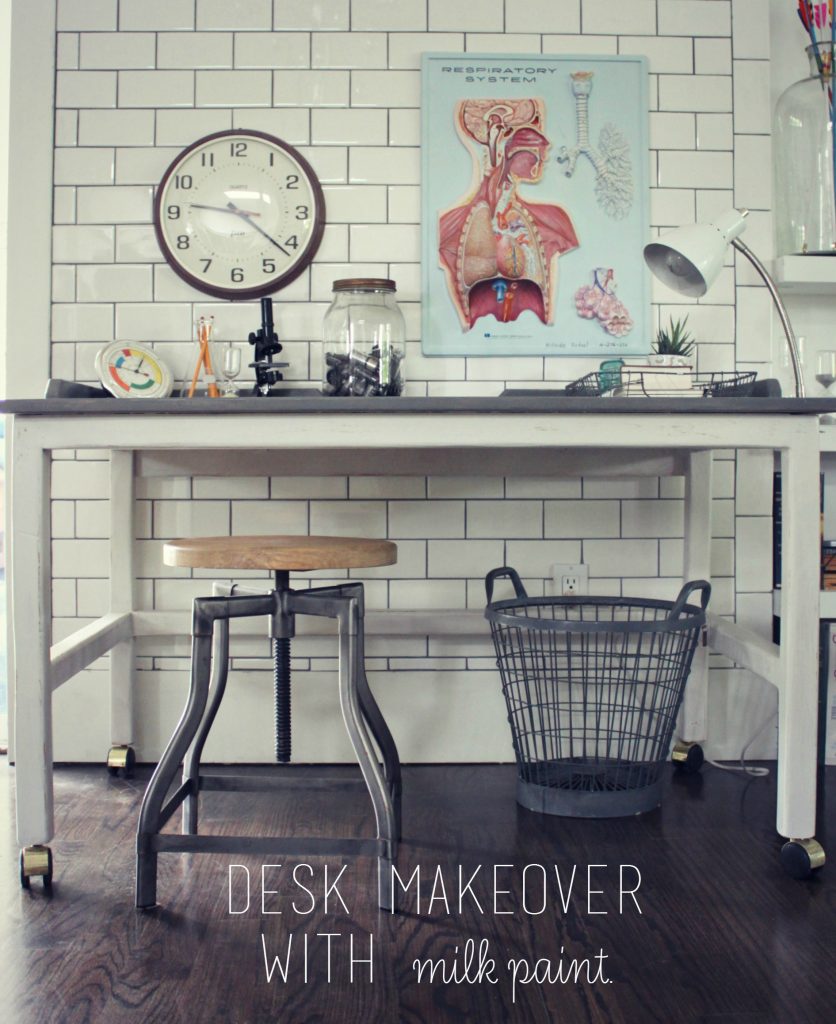
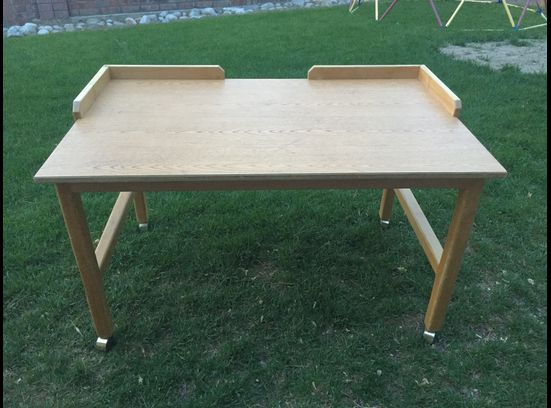
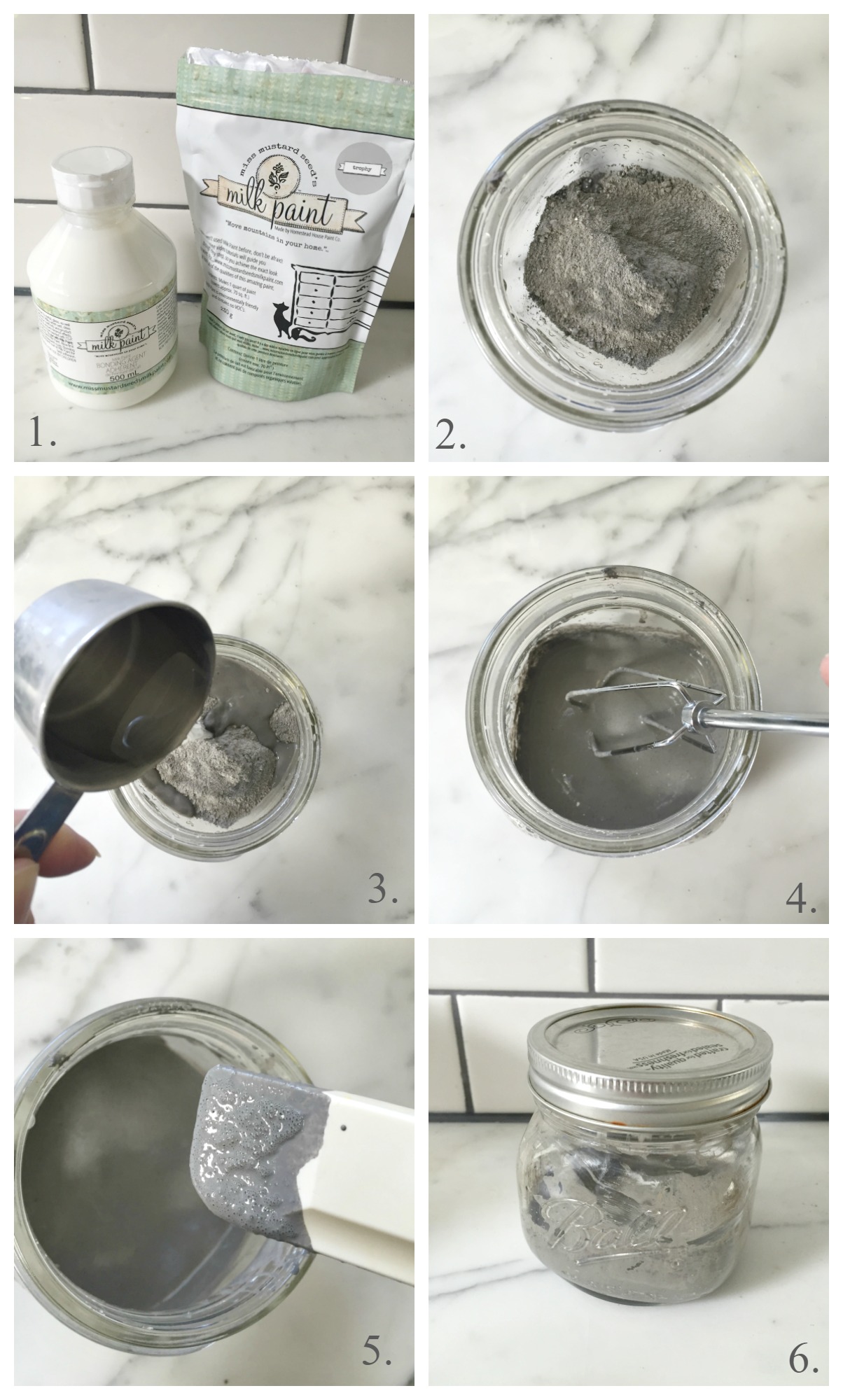
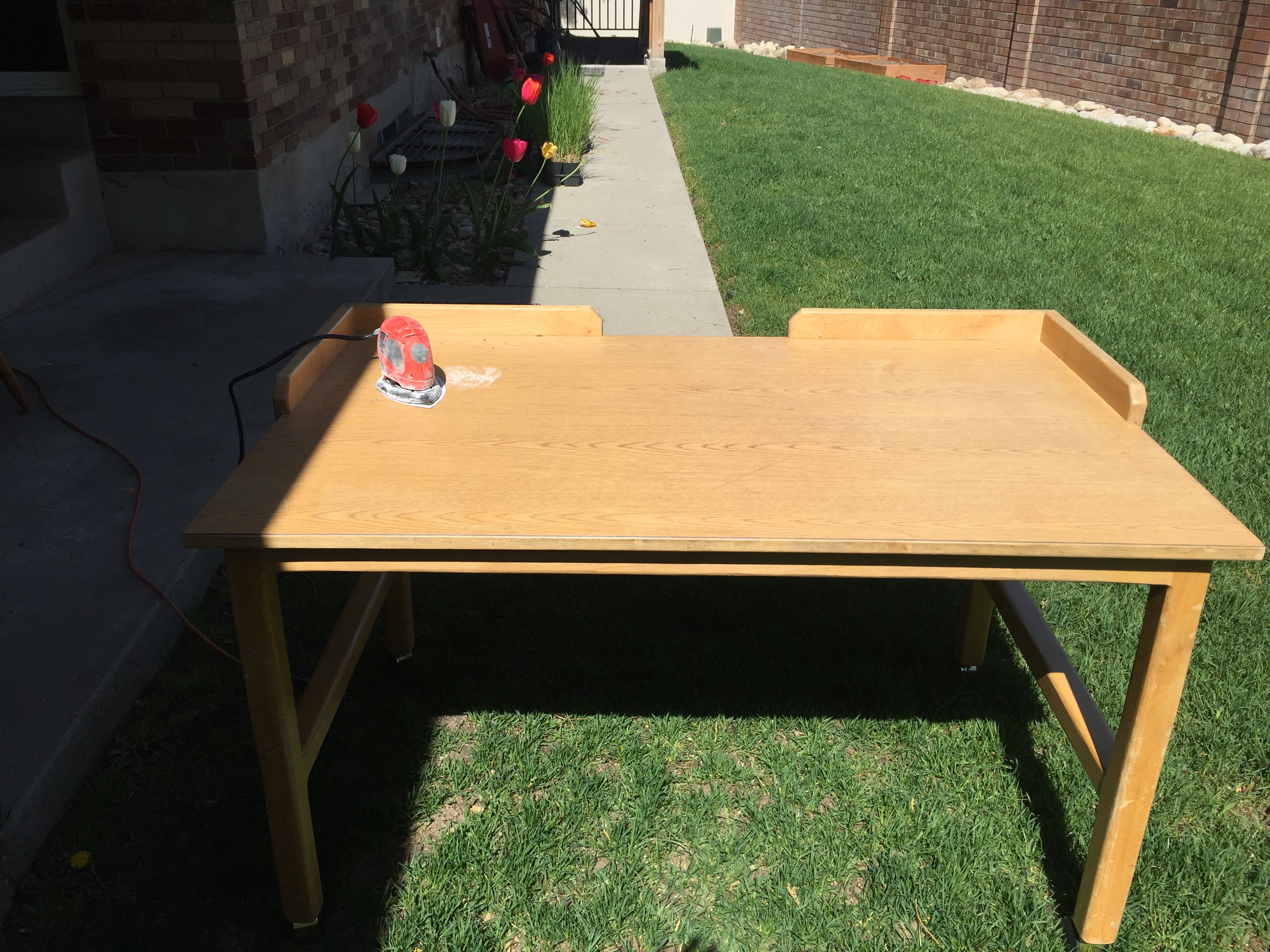

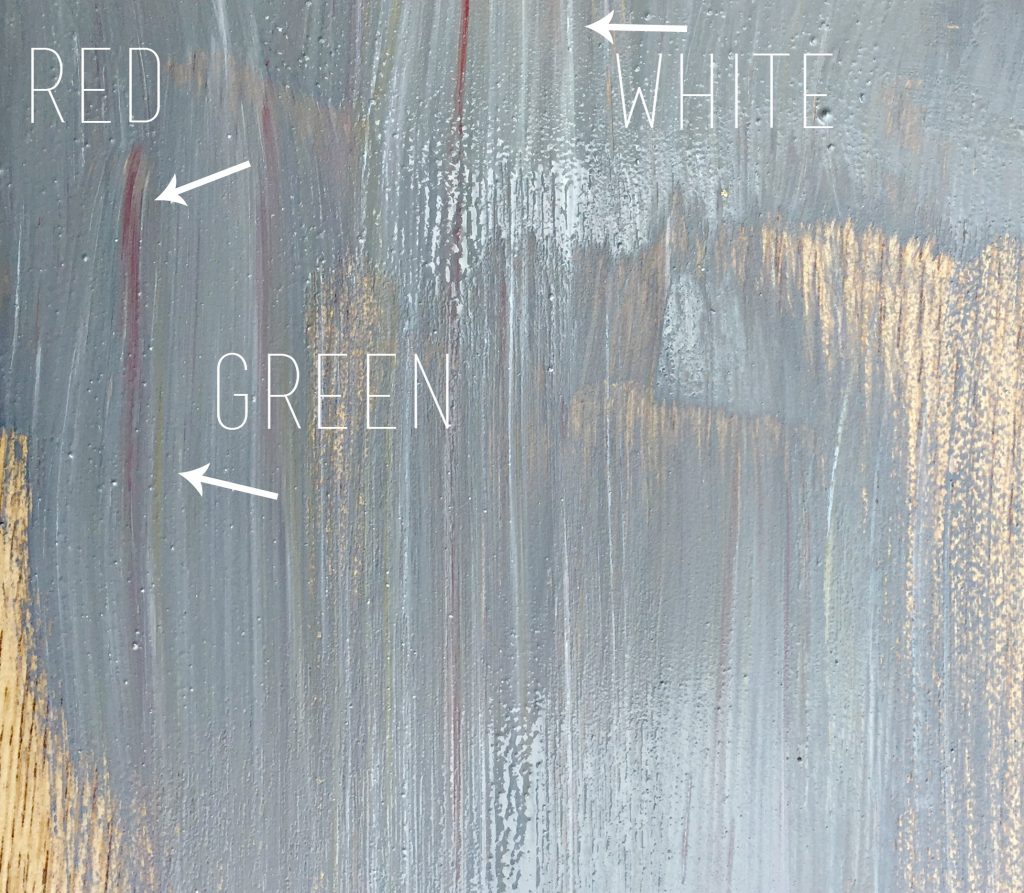
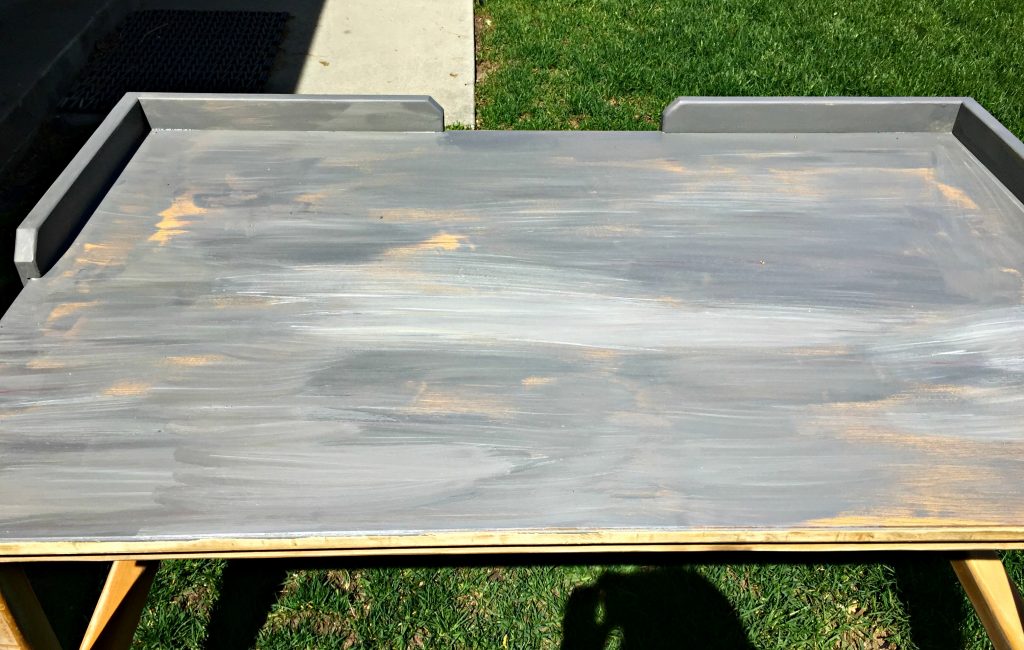
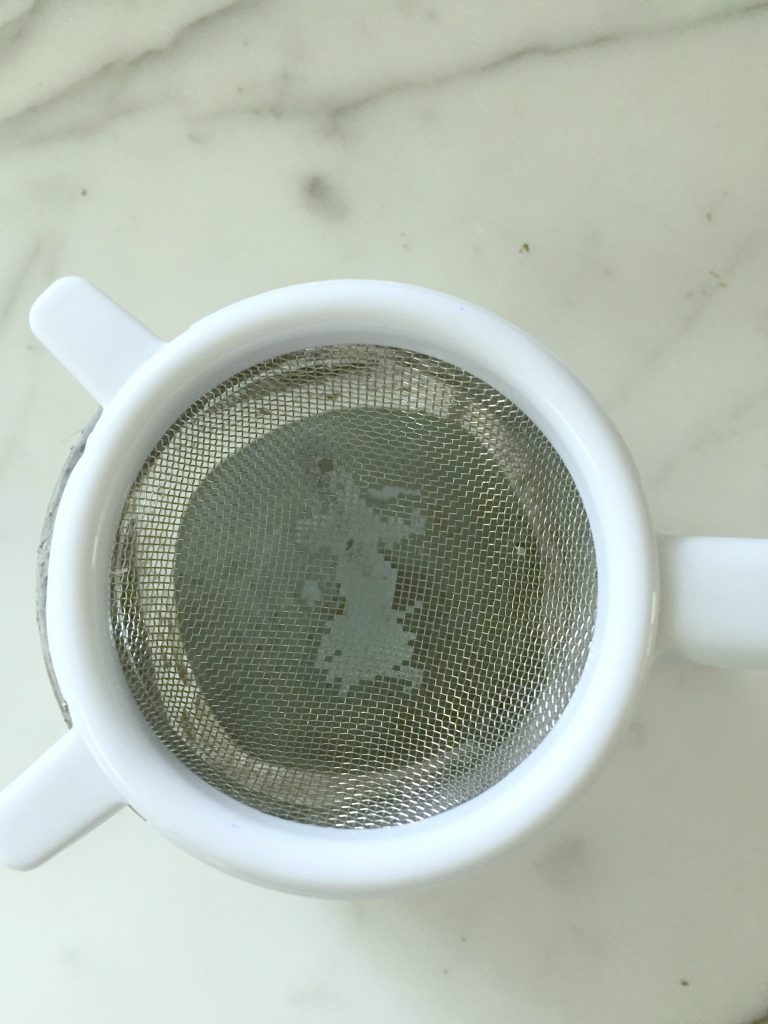
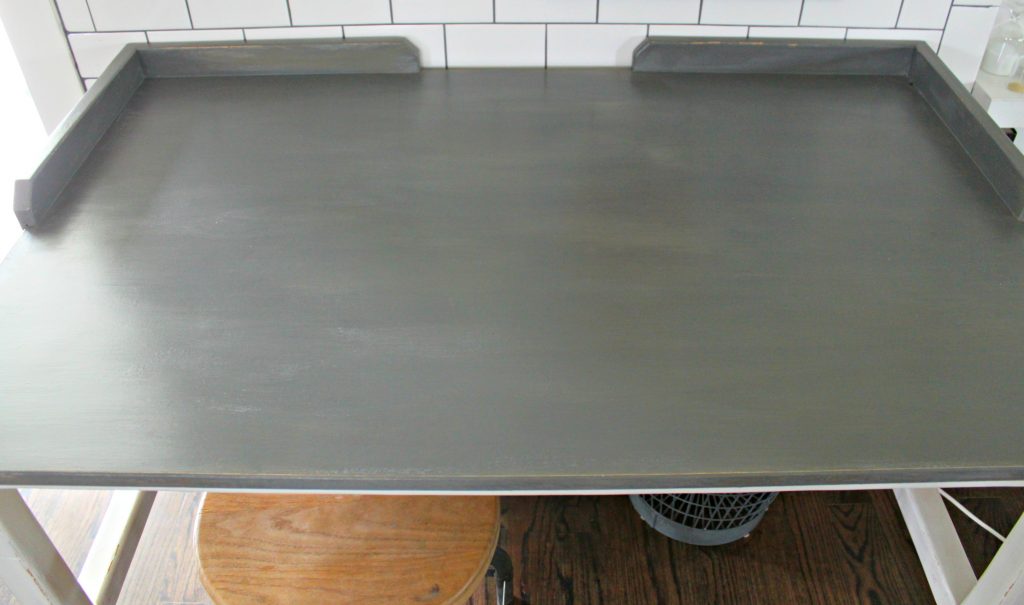
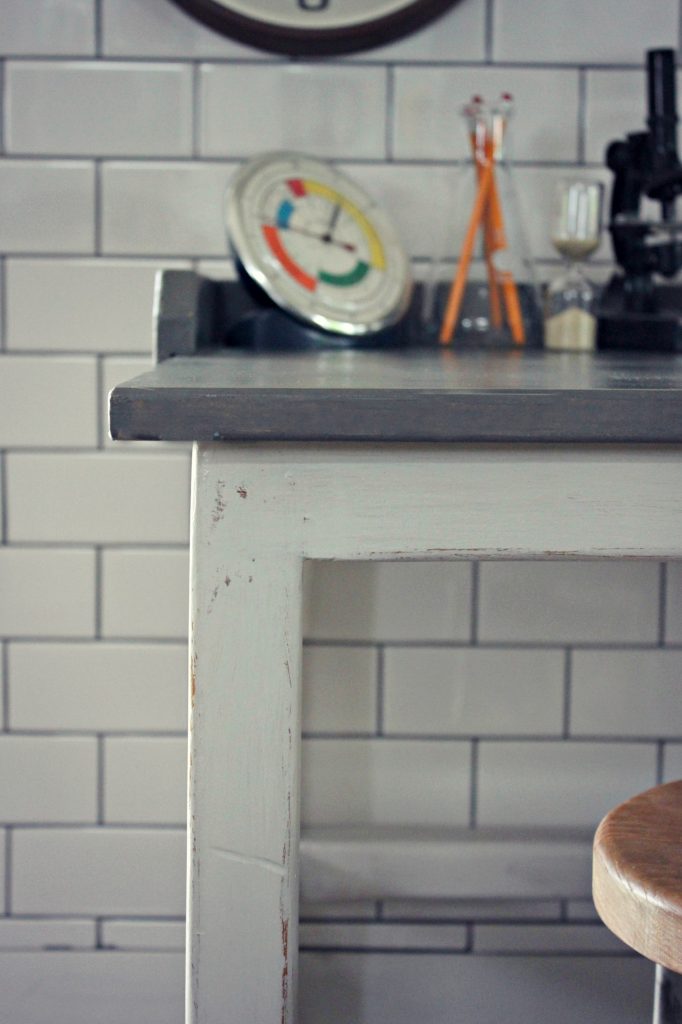
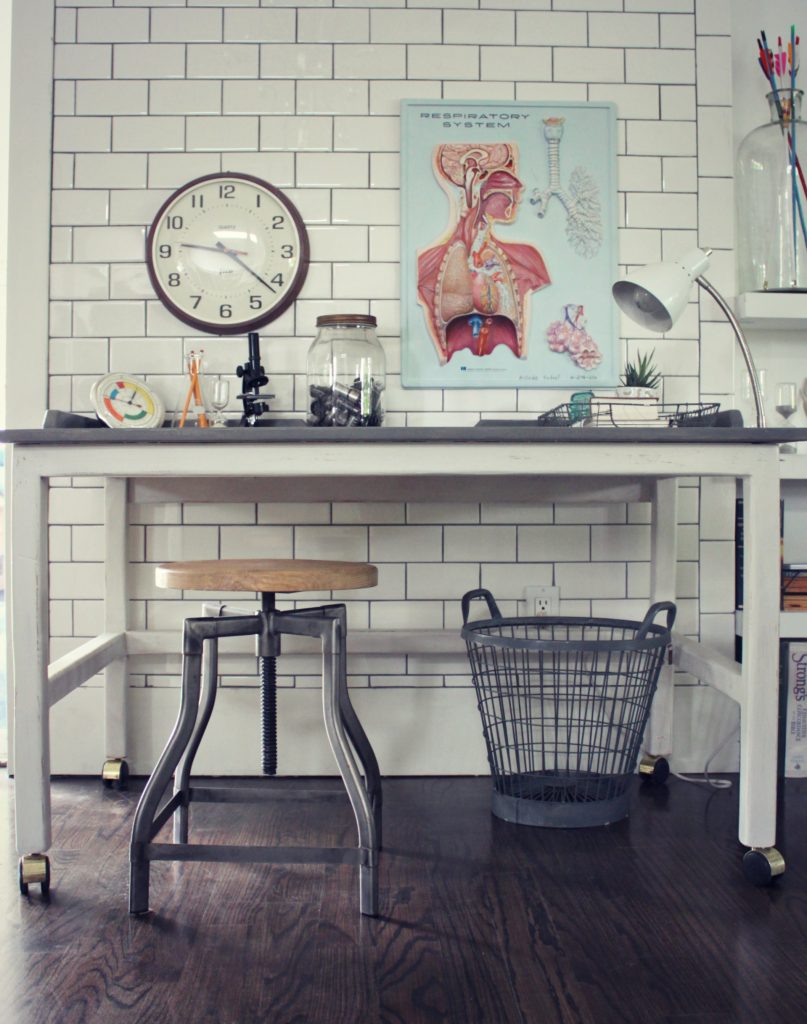
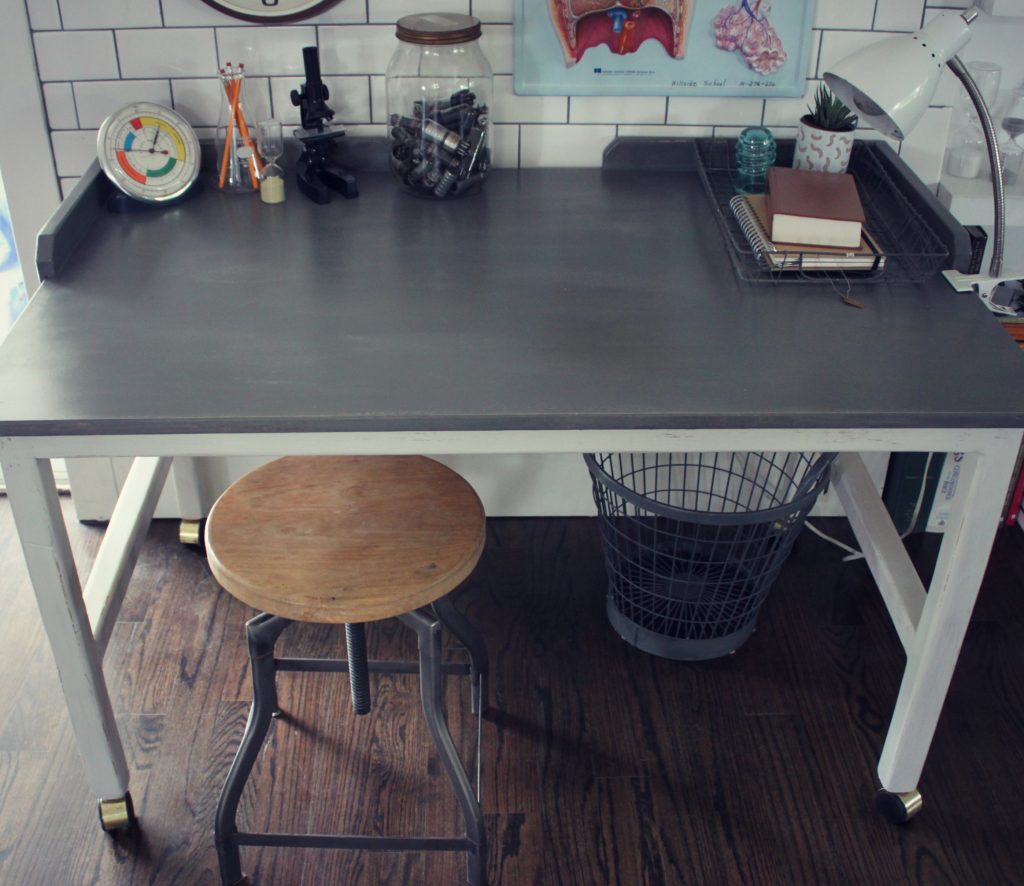
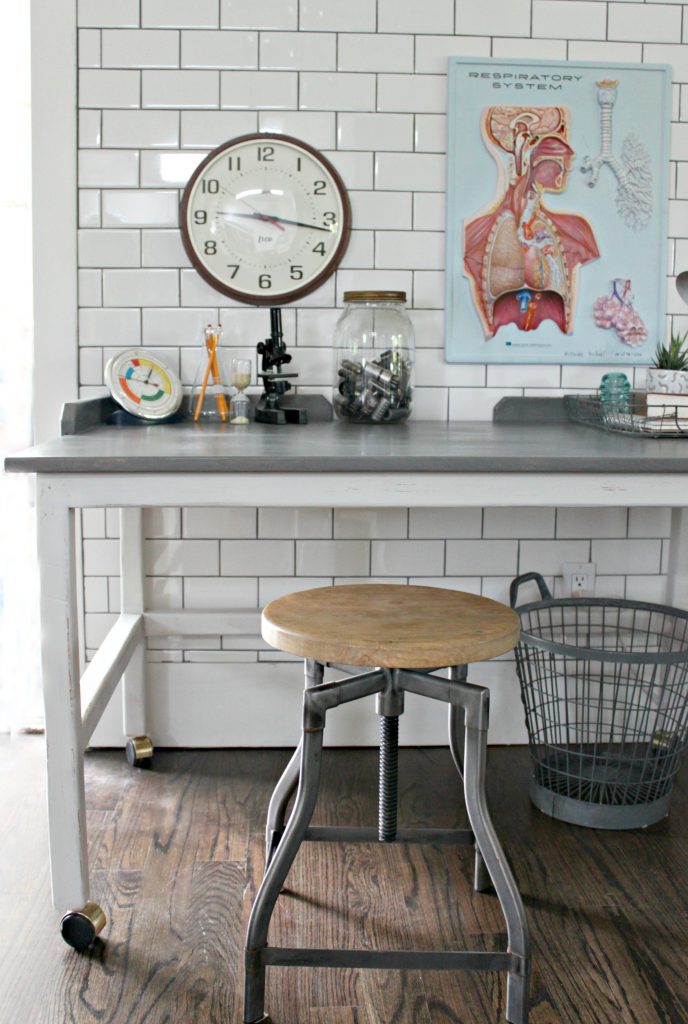
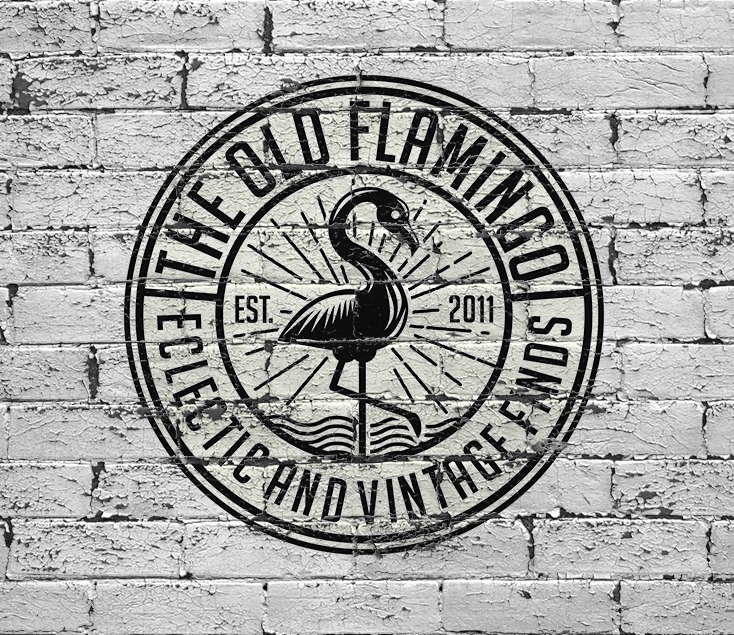




 Hey there! I’m Michelle; I’m an Passionate DIY’er and in constant pursuit of how to bring beauty to my house full of men (3 boys + 1 hubby). Stick around and see what I’ve got up my hard-working sleaves!
Hey there! I’m Michelle; I’m an Passionate DIY’er and in constant pursuit of how to bring beauty to my house full of men (3 boys + 1 hubby). Stick around and see what I’ve got up my hard-working sleaves!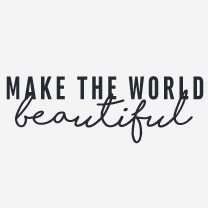
It looks gorgeous! I love the vintage look.
Thanks Evelyn! 🙂
That looks fantastic!! I love it. And thanks for the detailed description on how you did it – I’ve been thinking about using milk or chalk paint on a few things, and this was super helpful.
You’re so welcome. Good luck and happy painting!